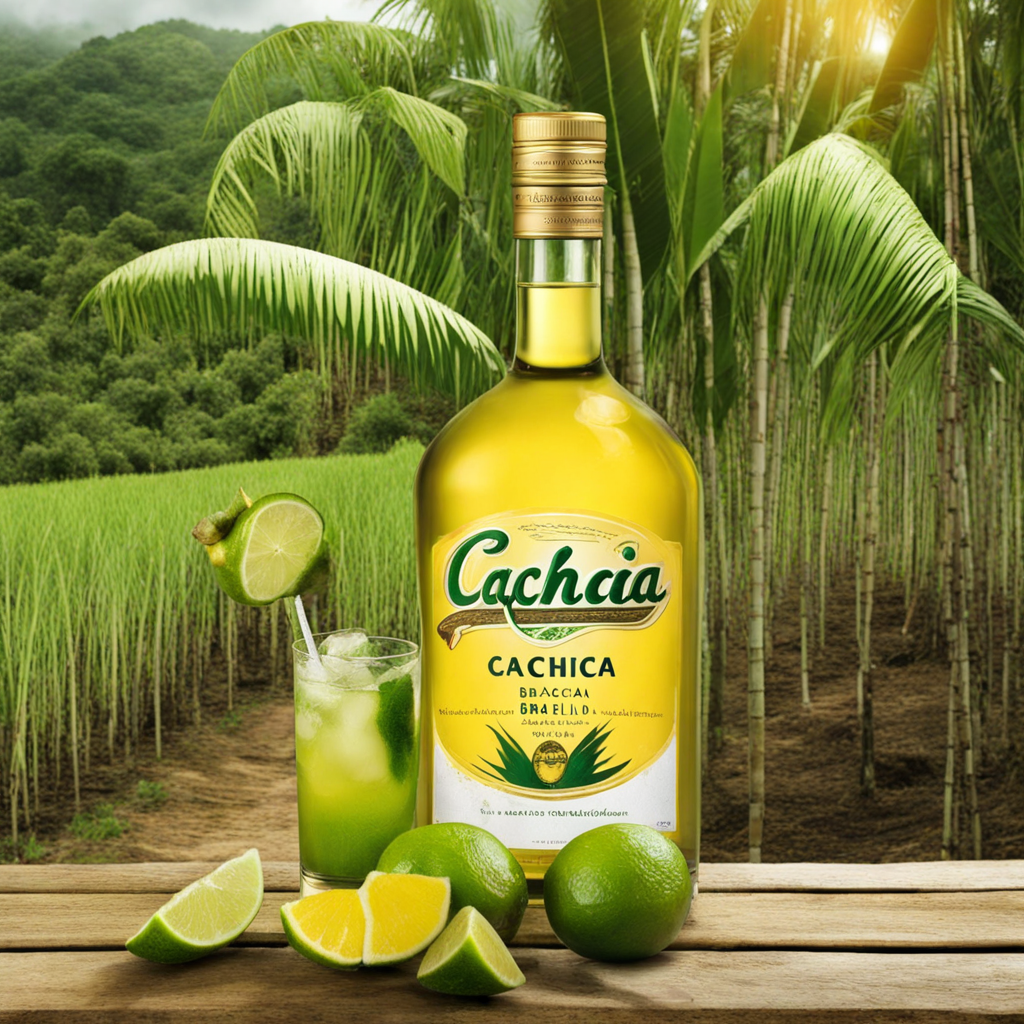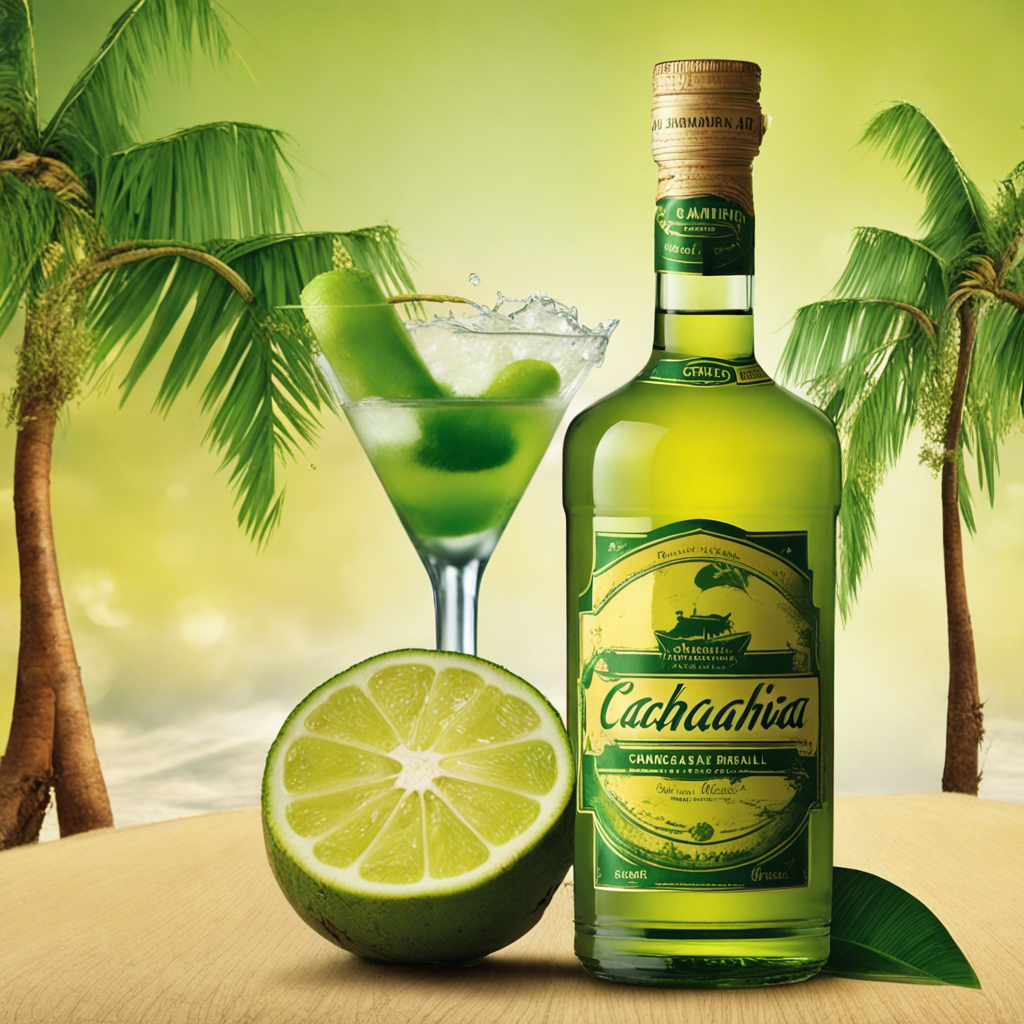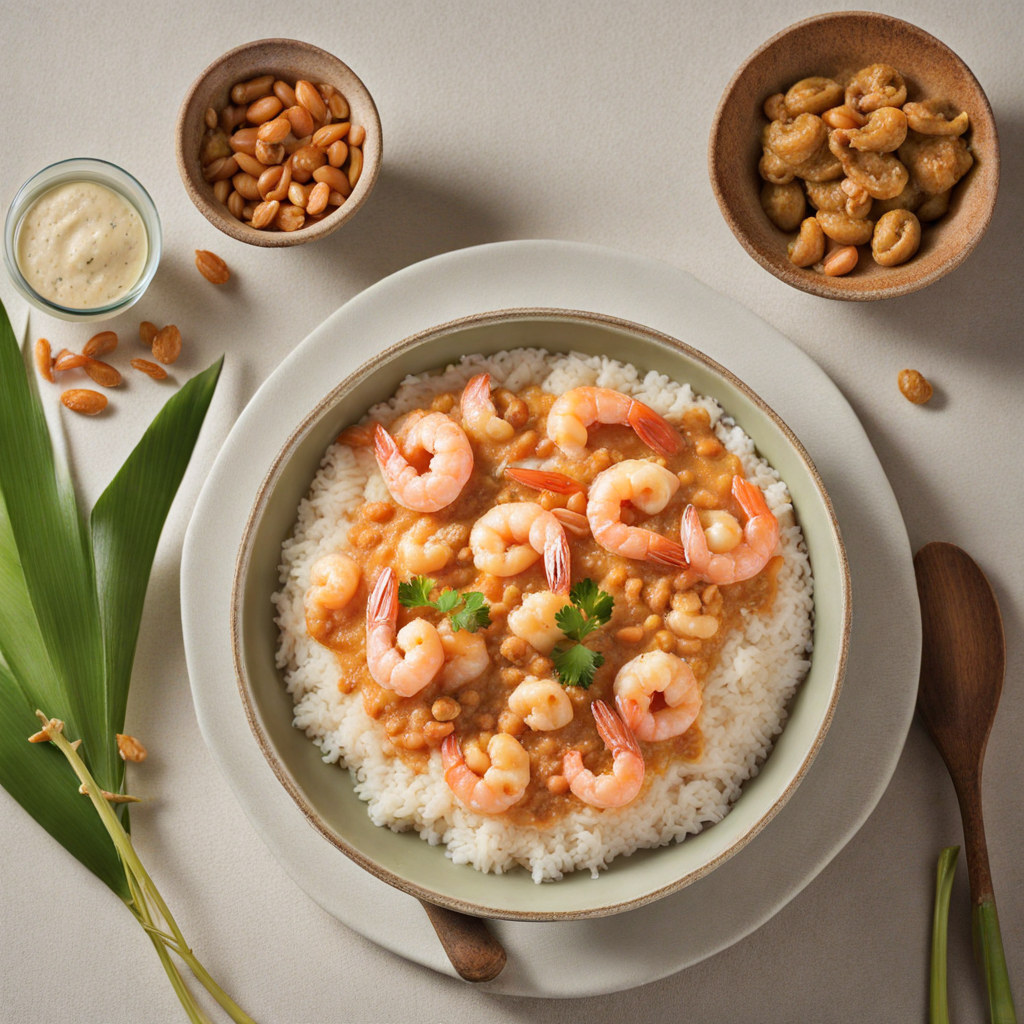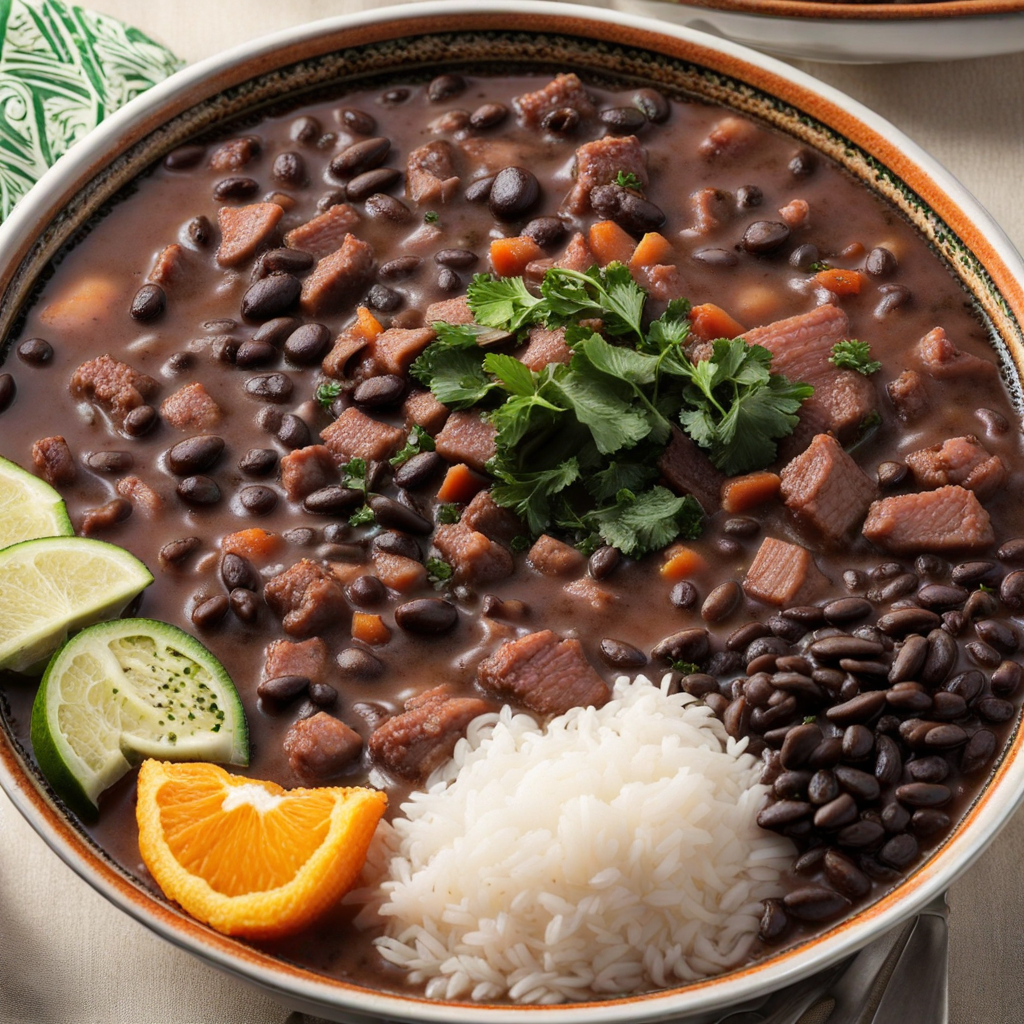Cachaça
Cachaça is a vibrant spirit that embodies the essence of Brazil, made from the fresh juice of sugarcane. Unlike rum, which is typically distilled from molasses, cachaça is produced through a more direct process, where the sugarcane juice is fermented and then distilled, resulting in a smoother, more aromatic spirit. The flavor profile is diverse, ranging from sweet and fruity to earthy and herbal, depending on the region of production and the distillation methods used. This complexity makes cachaça an exciting ingredient in cocktails, as it can be enjoyed in a myriad of ways, each offering a unique taste experience.
How It Became This Dish
Cachaça, often regarded as Brazil's national spirit, is a distilled alcoholic beverage with a rich history that intertwines with the country's culture and identity. This unique spirit, made from fermented sugarcane juice, has evolved over centuries, reflecting the diverse influences and traditions of Brazil. Origins The origins of cachaça can be traced back to the early 16th century, coinciding with the arrival of the Portuguese in Brazil. The Portuguese, seeking to cultivate sugarcane in the fertile lands of the tropics, established plantations, particularly in the coastal regions. The sugarcane industry blossomed, and with it came the production of sugar and, subsequently, the distillation of its juice. The earliest forms of cachaça were crude and unrefined, often produced in small quantities by local farmers and laborers. Initially referred to as "aguardente" (burnt water), it was a byproduct of sugar production. The spirit quickly became popular among the laborers and the lower classes, serving not only as a source of enjoyment but also as a means of social bonding. By the late 17th century, cachaça had gained a foothold in Brazilian society, becoming integral to daily life and festivities. Cultural Significance Cachaça is more than just a beverage; it is a symbol of Brazilian culture and identity. It is deeply embedded in the fabric of Brazilian society, from the rural hinterlands to urban centers. Cachaça is often associated with the vibrant festival of Carnaval, where it plays a key role in celebrations, especially in the form of the popular cocktail, caipirinha. This refreshing drink, made with cachaça, lime, sugar, and ice, embodies the spirit of Brazil, encapsulating its flavors and rhythms. Moreover, cachaça has significant social and historical connotations. During the colonial period, it became a drink of resistance among enslaved Africans, who adapted the beverage into their own rituals and customs. The drink served as a means of coping with the harsh realities of their lives and became a pivotal part of Afro-Brazilian culture. Over time, cachaça has maintained its status as a drink of the people, celebrated in traditional gatherings, religious ceremonies, and family events. Development Over Time As Brazil transitioned from a colony to an independent nation in the 19th century, cachaça underwent significant developments. The increasing popularity of the spirit led to the establishment of cachaça distilleries, known as "alambiques," where the beverage was produced on a larger scale. Distilleries began to experiment with different fermentation and distillation techniques, leading to a greater diversity in flavor profiles and styles. By the late 19th and early 20th centuries, cachaça started to gain recognition beyond Brazil's borders. The global demand for rum and similar spirits opened new markets for cachaça, and it began to be exported to Europe and the United States. However, it wasn’t until the latter half of the 20th century that cachaça began to be appreciated internationally as a distinct spirit in its own right, separate from rum. In 2001, cachaça received a major boost when the Brazilian government recognized it as a product of geographical indication, akin to Scotch whisky or Champagne. This designation not only highlighted the unique qualities of cachaça but also protected its production methods and regional variations. As a result, cachaça from different regions in Brazil began to showcase their unique characteristics, influenced by local climate, soil, and sugarcane varieties. There are two primary categories of cachaça: "cachaça branca" (white cachaça), which is typically unaged, and "cachaça envelhecida" (aged cachaça), which is matured in wooden barrels, imparting complex flavors and aromas. Modern Cachaça Today, cachaça is experiencing a renaissance, with a growing number of artisanal producers focusing on quality and traditional methods. Small-scale distilleries are popping up across Brazil, each offering their unique spin on this classic spirit. These producers often emphasize organic farming practices, using locally-sourced ingredients, and traditional distillation methods to craft high-quality cachaça. The cocktail culture has also played a significant role in the resurgence of cachaça, as mixologists and bartenders around the world experiment with the spirit in various cocktails beyond the classic caipirinha. Its versatility allows it to be paired with a wide range of flavors, from tropical fruits to herbs and spices, making it a favorite among creative cocktail enthusiasts. In addition to its culinary uses, cachaça has also found its place in the realm of gastronomy. Chefs are increasingly incorporating cachaça into their dishes, using it to enhance flavors in marinades, sauces, and even desserts. This exploration of cachaça in the culinary arts is helping to elevate its status and introduce it to new audiences. Conclusion Cachaça is more than just a drink; it encapsulates the spirit of Brazil, reflecting its history, culture, and the resilience of its people. From its humble origins in the sugarcane fields to its recognition as a global spirit, cachaça has evolved into a symbol of national pride. The beverage continues to adapt and thrive in contemporary society, bridging the gap between tradition and innovation. As Brazil moves forward, cachaça remains a testament to the country’s rich heritage and a celebration of its vibrant culture, inviting all to partake in its spirited legacy.
You may like
Discover local flavors from Brazil







